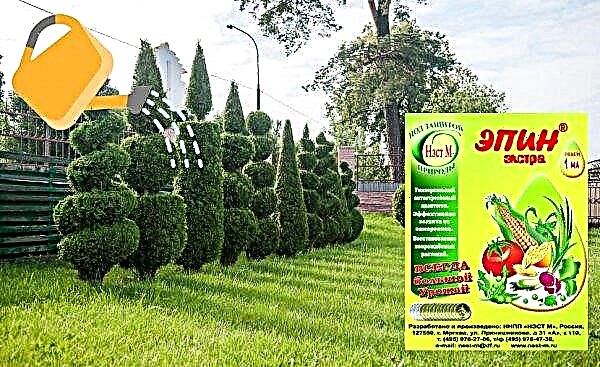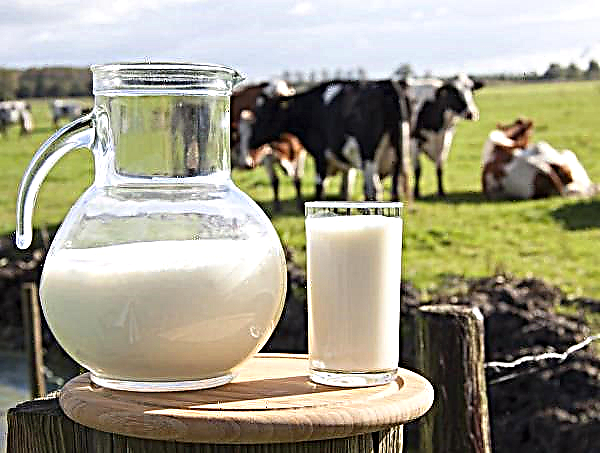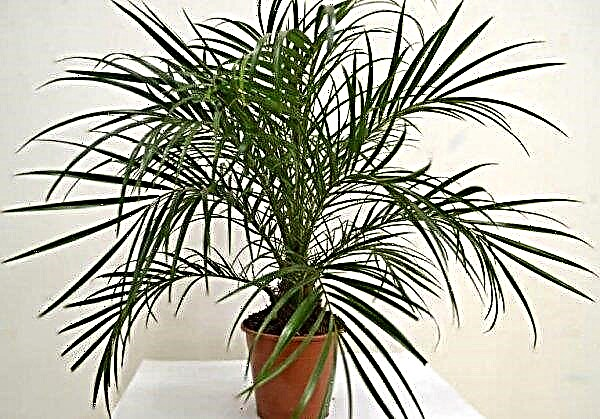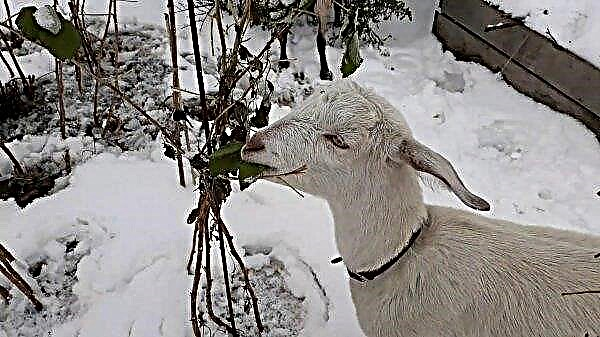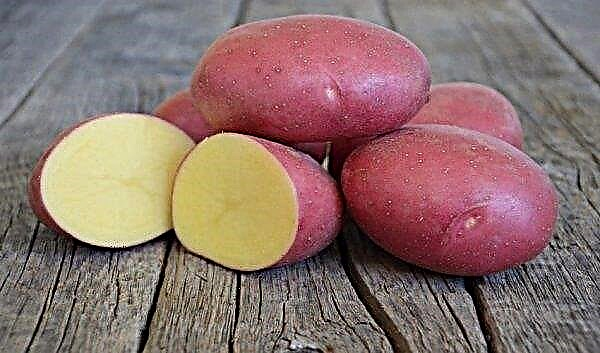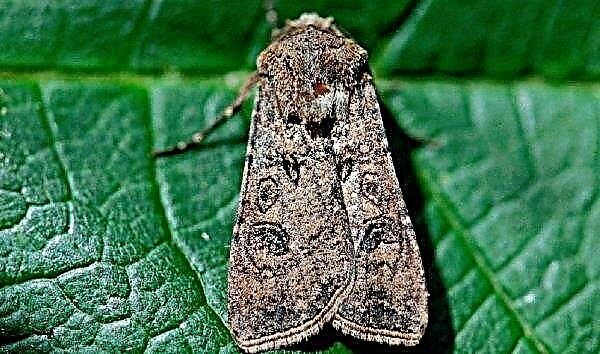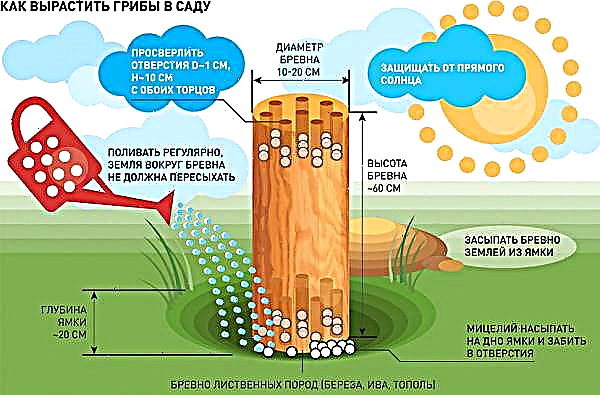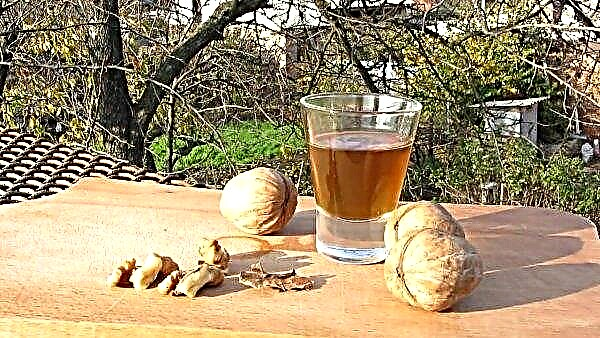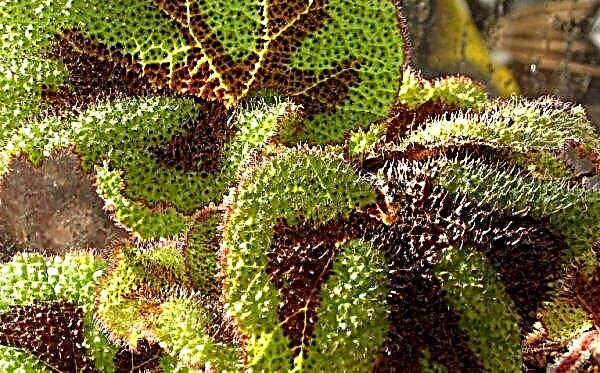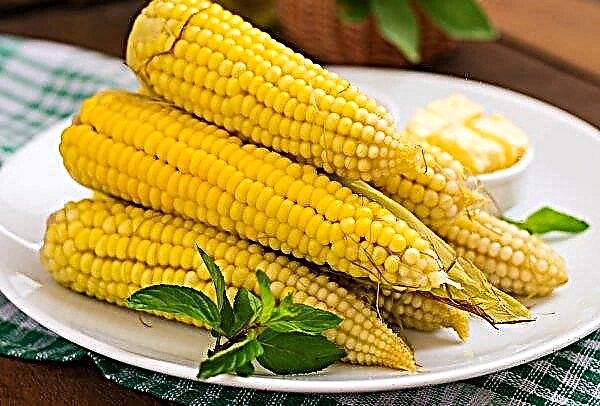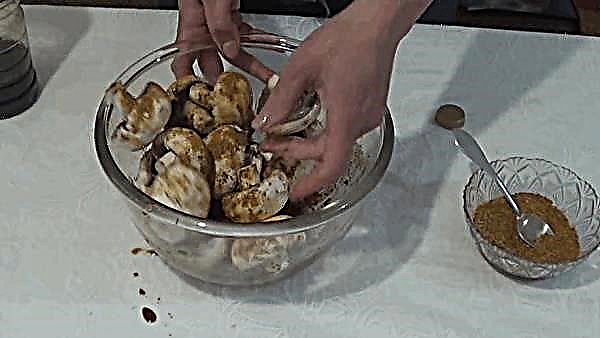Lovers of indoor plants are often in search of new flowers that are endowed with lush greenery, and at the same time beautifully and continuously blossom. One of these plants, called eskhinantus, is gaining popularity today. We offer to get to know him better.
Botanical description of the plant
Aeschinantus is an evergreen perennial plant of the Gesnerius family. The tropics of South Asia are considered his homeland, where it grows on the trunks of large trees and snags, while growing well indoors. Thanks to its exoticism, the flower will become an adornment of any interior.
The length of the stems varies, reaching 90 cm. Thin processes have branches, in the nodes they are covered with leaves located opposite on small petioles. Leaves are oval in shape, with a smooth edge and pointed ends. Painted in green. Their length is approximately 10 cm.
During flowering, long peduncles appear on the edges of the shoots, which make up loose brushes. The buds grow in the form of elongated tubes, which are painted in dark red color. In shape, they resemble lipstick. A white tube comes out of the center. Thanks to the flexible shoots, it can be given two forms: fixation in the form of a bush or free arrangement in a cache-pot.
House growing conditions
Let us consider in more detail what conditions should be created for the eskhinantus.
Location and Lighting
The flower pot is placed in a place where there is a lot of light, but at the same time it must be scattered. As with other plants, the direct rays of the sun are detrimental to the leaves of the eschinanthus - they can burn through a thin skin and form burns. Based on this, it is better to choose the location of the pot in the east or west.
Did you know? Translated from the Greek eskhinantus means "distorted flower." This is due to the curved shape of the corolla.
Temperature and humidity
Eschinanthus is a thermophilic flower, the buds of which are laid in the winter. In the cold season, the temperature should be in the range + 16 ... + 18 ° С. These are the indicators that will create a flower dormant time for a set of forces. In summer, the temperature is increased to + 23 ... + 25 ° C. Pots should be located away from drafts and sharp jumps in temperature, which negatively affect the condition of the flower.
The next important indicator is humidity. Dry air leads to falling leaves and buds, which affects the beauty of the flower. To maintain humidity at the right level, it is recommended to spray the plant, you can put a container of water next to the pot.

How to care at home?
For growth and flowering, the flower content in the room should be close to the natural environment. Consider what actions are performed.
Watering
Created favorable conditions allow the soil not to dry out. It is enough to water once a week. Use only purified or settled water, the remains of which are removed from the pan after the earthen lump is completely wet. In the heat, the amount of watering is increased to two per week. It is important that the water does not fall on the buds. It is recommended to wipe foliage with a damp sponge from dust.
Important! When wintering in a cool place, spraying is not carried out, and if the pot is next to the radiator, this is necessary.
Fertilizer application
Between the end of spring and the beginning of autumn, fertilizing is recommended 2 times a month. To do this, take a solution prepared from fertilizer for flowers. It is important to ensure that top dressing does not fall on the stems, as it can burn them. The dosage indicated by the manufacturer is recommended to be halved and diluted with water. Contribute only after watering. It is possible to carry out foliar top dressing. For spraying, the dosage is further reduced. The pot is removed from the light until the leaves completely dry.

Pruning
When in the cold season, the plant is kept in a very warm and dry room, and at the same time it does not have enough light, the shoots discard the foliage and are very extended. Therefore, pruning is recommended next spring. It is better to do this at the end of flowering. You need to remove up to 2/3 of the stems, all dry leaves and remove dry shoots. To stimulate branching, pinch the tops if they have not yet formed buds. Every 5 years, the flower is completely rejuvenated.
Did you know? Flowers overnight close their buds to prevent the reproductive organs from cooling or being damaged by cold dew.
Transfer
The first transplant is carried out immediately after acquisition. They do this by transferring them to a shallow medium-sized pot that has drainage holes. The first time after transplantation, it is recommended to slightly shade the plant and increase humidity.
Subsequent transplants are carried out in the spring. Do this once a year, when the roots completely fill the pot. The new tank should be 3 cm wider than the previous one. The soil is bought in a store, it should be light, with a normal acidity. The soil is disinfected, drainage is laid out on the bottom of the pot, it is covered with earth and a plant is placed.

How to propagate?
You can increase the number of plants without acquiring new ones by reproduction. Do this with seeds or cuttings.
The first method requires effort, so it is rarely used. For seed germination, they are planted in moist sand and peat soil and covered with a film. The greenhouse is put in a warm place and left there until germination. All this time, watering is carried out only through the pan. After the appearance of sprouts, airing is carried out. The greenhouse is cleaned only after a month. Seedlings are transplanted to another place at a distance of 5 cm from each other.
In addition, reproduction is carried out vegetatively. During the warm season, cutting the tops of the stems is carried out. At least two nodes must be present on them. From below, the slice is treated with a means to stimulate growth and placed in a container with a composition of sphagnum, peat and sand. Cover the top with polyethylene and contain at a temperature of + 25 ° C. Leave until the roots appear, and then remove the shelter and transplant into a pot with soil for an adult plant.Important! Reproduction can be carried out by separating the leaves, however, while the growth of a new plant will be slow.
Video: eshinanthus breeding
Growing difficulties
The creation of adverse conditions and errors in care lead to the appearance of diseases and pests:
- Gray rot. The appearance of mold is eliminated by reducing watering and spraying with "Fundazole".
- Spider mite. The detection of small insects requires treatment with insecticides.
- Thrips. Light spots on the leaves are removed by treatment with Fitoverm or Actellik.
- Foliage dropping. The reason may be a lack of moisture or cold air.
- Light brown spots on the leaves. Watering is carried out too cold water.
- Lack of flowers. It is important to let the plant gain strength in the winter months or make up for the lack of light.
- Brown spots on flowers and their falling. Attentiveness when watering, increasing air humidity.



